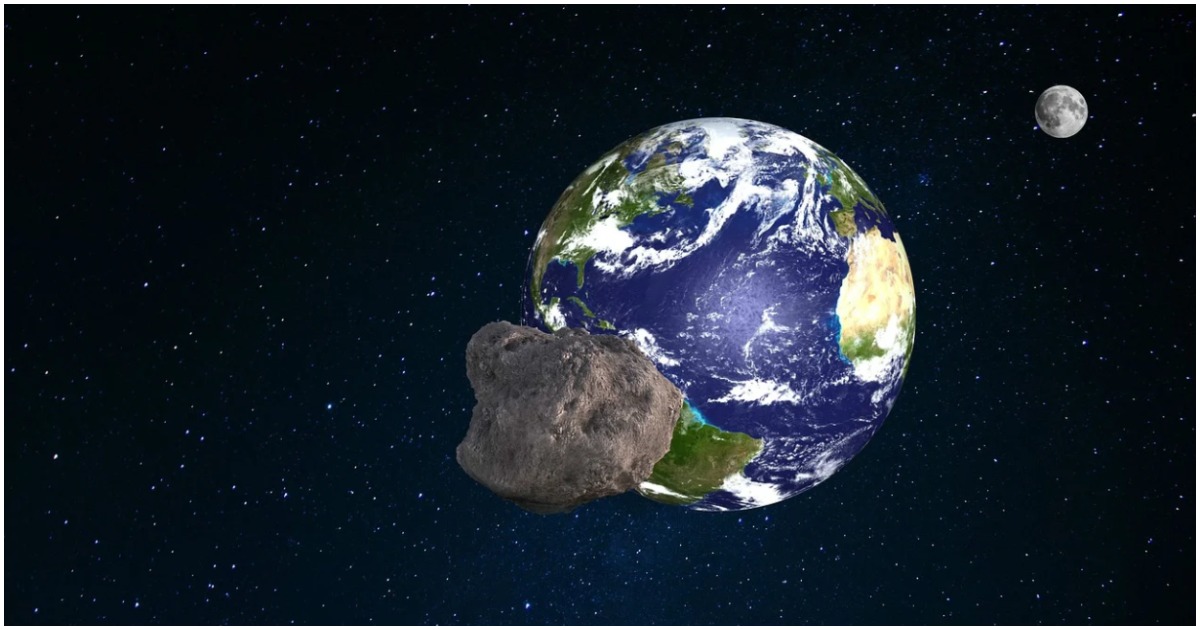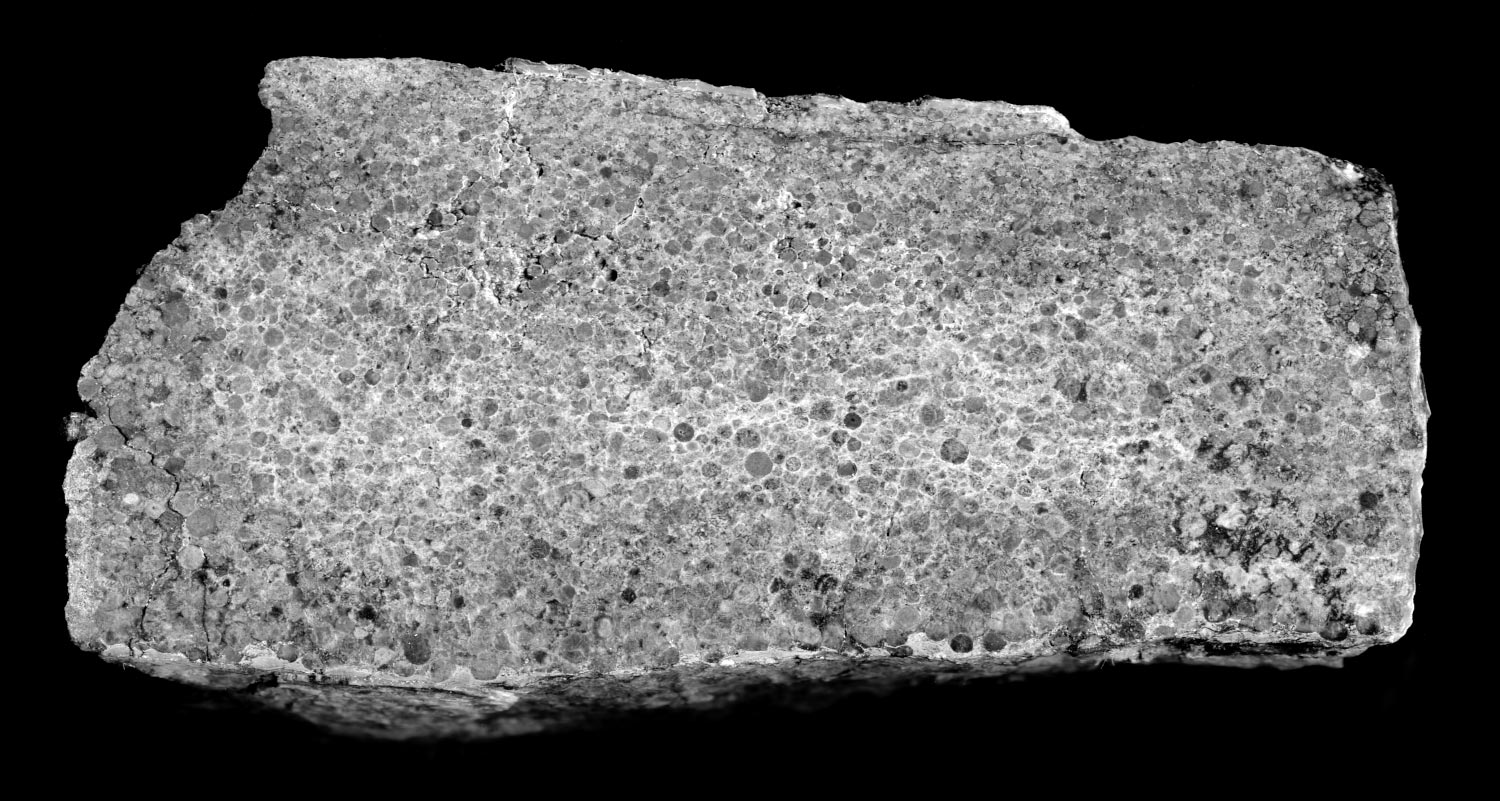A recent study showed that the impact of asteroid and comet strikes may have delayed the evolution of the atmosphere. But if the atmosphere didn’t develop, life wouldn’t be the same on Earth and asteroids might continually hit and regularly cause huge damage to the surface.
New Planet Bombardment Model
During the Archean eon about 2.5 to 4 billion years ago, the Earth’s atmosphere was so thin, nearly non-existent, that asteroid impacts were so common.
The largest ones were believed to be more than 6 miles (9.65 km) wide and were known to have altered the Earth’s chemistry after the impact events.
Although this has long been recognized by geologists, it was unknown how often asteroids impacted the Earth. But a new bombardment model shows that the impact events were more often than previously thought.
These impact events greatly affected the oxygen levels in the atmosphere.

Harvard assistant professor Nadja Drabon of Earth and planetary sciences and a team from Southwest Research Institute led by Simone Marchi studied the remnants of ancient asteroids.
The effects of their collisions were used in creating a new planet bombardment model to understand when and how the Earth began to develop its atmosphere.
“Free oxygen in the atmosphere is critical for any living being that uses respiration to produce energy. Without the accumulation of oxygen in the atmosphere we would probably not exist,” Drabon explained.
They studied impact spherules, ancient evidence that the Earth was constantly bombarded by asteroids. The rocks appear to be ordinary at first but they have a different composition compared with natural Earth rocks.
When large asteroids (or comets) strike the Earth, the energy melts the impact site vaporizes materials from the Earth’s surface. They shoot up to the sky, sometimes in a giant plume.

The droplets of molten rock condense and solidify, often so small that this might often be mistaken for sand. They usually form a layer of rock just about an inch thick, making them easier to miss.
“Over the last couple of years, evidence for a number of additional impacts have been found that hadn’t been recognized before,” Drabon said.
The constant bombardment slowed the development of the Earth’s atmosphere but when the strikes slowed down towards the end of the Archean eon around 2.4 billion years ago, the Earth’s atmosphere began to quickly form. It triggered the rise of the atmosphere’s oxygen levels.

“As time went on, collisions become progressively less frequent and too small to be able to significantly alter post-GOE oxygen levels. The Earth was on its course to become the current planet,” Marchi explained.
Here’s the bombardment model they created:





